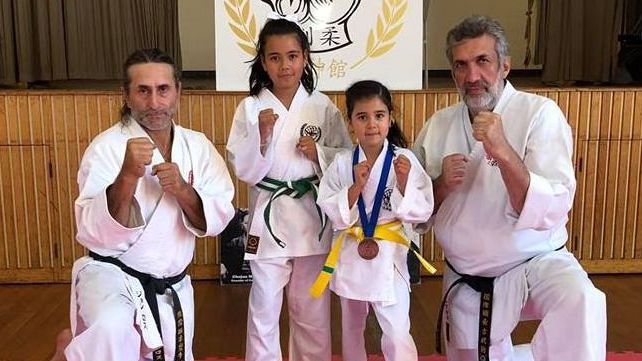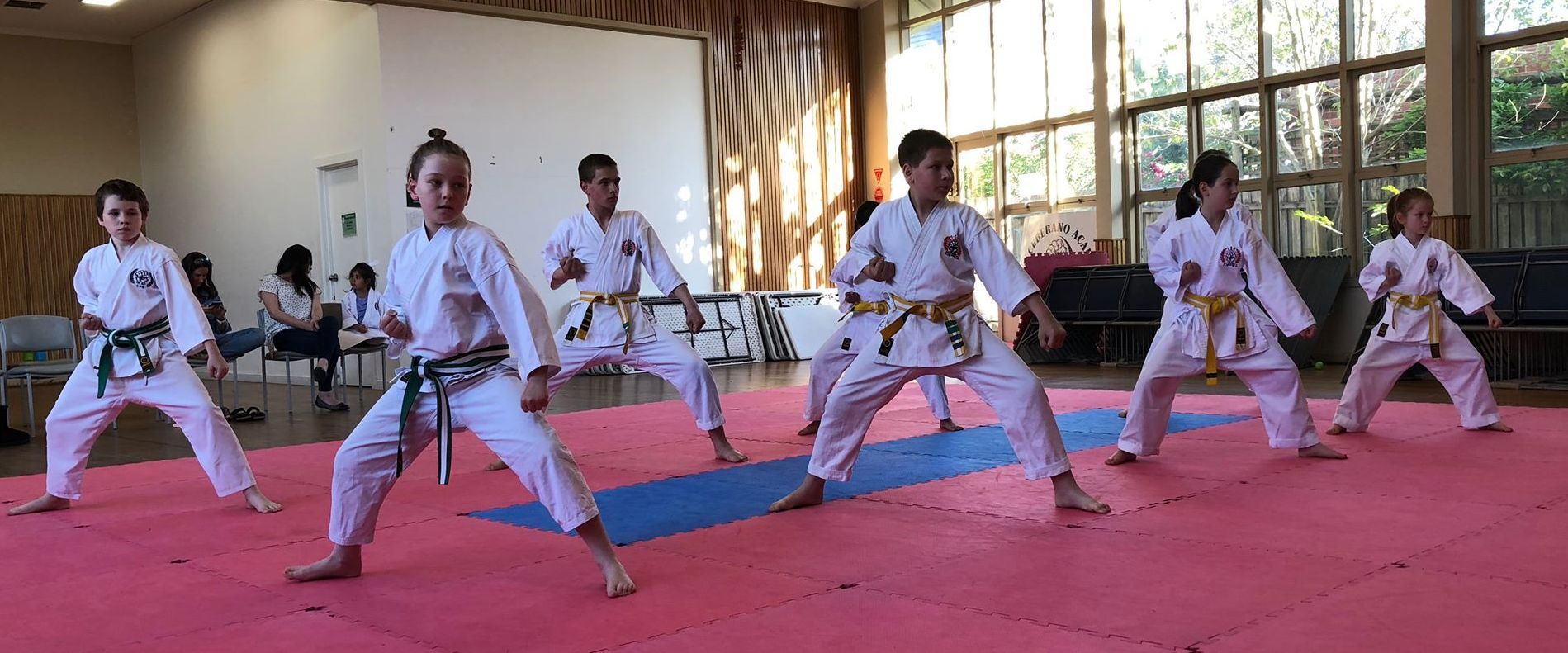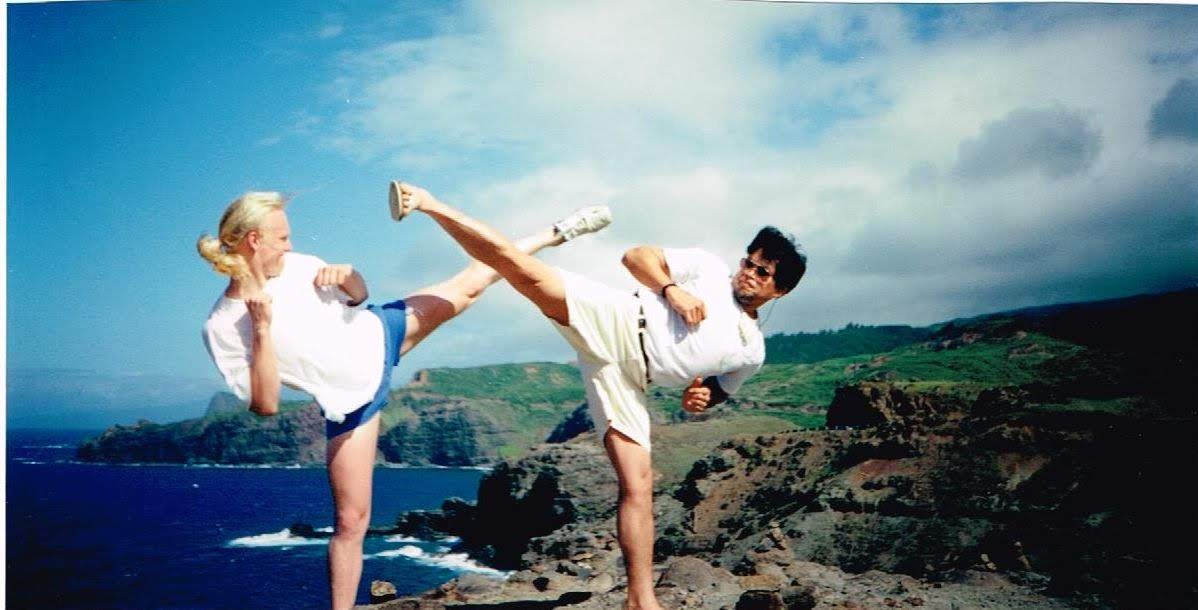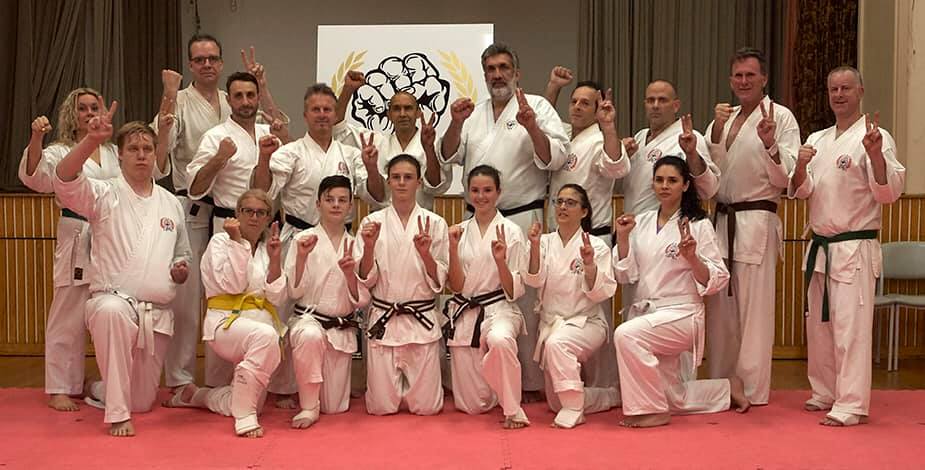Martial arts have traditionally been taught outside of the school in a club or dojo as an after-school activity. Yet the benefits obtained by the student help the student at school in so many different ways. It begs the question whether it should take place in school in one form or another?
School Can Be Challenging
No secret that school can be a tough place. You have to make the grades, fit in socially, juggle sport and after-school activities, try to stay awake and deal with the ever-present game of climbing the social ladder, keeping in with the right crowd and frankly face new challenges for the first time.
It’s always been widely known by those who practice the martial arts that skills we practice in the dojo are the ones we need to help succeed at school. The dojo is a laboratory for life, a testing ground. The ;lessons we learn about ourselves give us the tools we need everywhere else.
The core values espoused by all schools are to avoid conflict, be humble, be charitable and work well with others, give respect to elders and colleagues, have courage to challenge yourself, build focus and leadership, set goals and strive for them, self-belief….sound familiar? The dojo teaches all of these and probably does the schools a favour shaping better students.
Obesity Levels Are Rising
New research that shows that obesity levels are still rising in the first world at an astonishing rate and some are suggesting that martial arts may be a good alternative to help combat obesity and get students “off their butts.”
Excess weight, especially obesity, is a major risk factor for cardiovascular disease, type 2 diabetes, some musculoskeletal conditions and some cancers. As the level of excess weight increases, so does the risk of developing these conditions.

Overweight and obesity is a major public health issue and a leading risk factor for ill-health in Australia. Did you know that 25% of children and adolescents were overweight or obese in 2017-2018?
Even in Asian countries, where you might think there is more national pride in the art, it is still an extracurricular activity. If it was part of a Physical Education curriculum, martial arts could become a popular alternative for students who are not into other ‘sports’ such as football, rugby, hockey, basketball. Not everyone is a team player and some students excel at a solo endeavour like tennis, swimming, rowing and gymnastics.
Lack of Self-Esteem – An Epidemic
Studies have shown that there is a significant connection between practicing martial arts and self-esteem. Through the arts, students can develop discipline, and cultivate respect for different cultures, something we desperately need in Australia with increasing immigration numbers.
Practicing the martial arts is a way of life that changes you physically, mentally, spiritually and emotionally. One of the most obvious changes one sees is in your self-confidence and self-esteem. We’re all seeing what social media and bullying can do to one’s self-esteem.
It can reduce the quality of a person’s life in many different ways like reinforcing a fear of trying, low resilience and a fear of being judged. Kids need learn and be challenged by activities that combat these negative influences and build them up.
Cognitive and Academic Performance
While it is well known that physical activity boosts well-being and health, many studies also show how regular physical activity can promote cognitive and academic performance. Children learn better and obtain a foundation of active, healthy habits for years to come when more active.
Basic cognitive functions related to attention and memory facilitate learning, and these functions are enhanced by physical activity and higher aerobic fitness. Research shows that regular aerobic exercise, the kind that gets your heart and your sweat glands pumping, appears to boost the size of the hippocampus, the brain area involved in verbal memory and learning.
So Many Physical Benefits
Martial arts also strengthens muscles and endurance, improves flexibility, balance and coordination. Everyone knows that with better physical health, comes better, happier lives where we move and perform better.
Mobility and agility are things that many martial arts disciplines depend on with better balance, co-ordination, multi-skilling and memory resulting.
Martial arts practice also tends to improve posture, stamina, endurance, and flexibility. A 2014 review showed that martial arts students gain faster reaction times and significantly better balance over time. In this digital age, poor posture is becoming an epidemic with too much screen time, an ability to stand and sit straight and this is affecting academic performance.

Discipline – Sounds Like a Bad Word
Discipline is one of the core principles of many martial arts. Parents can expect their children to learn the importance of a good work ethic from their training. Developing discipline also helps your kids in school by teaching them how to resist urges to misbehave, skip class, or hand in assignments late.
Discipline is what enables us to achieve the goals we set for ourselves. It’s one of those things you can’t just teach. It has to be experienced and the benefits have to be earned to learn them. It’s based on teaching work ethics, that things don’t come easily and that giving up won’t help you down the line. You need to have peers and mentors who you want to emulate.
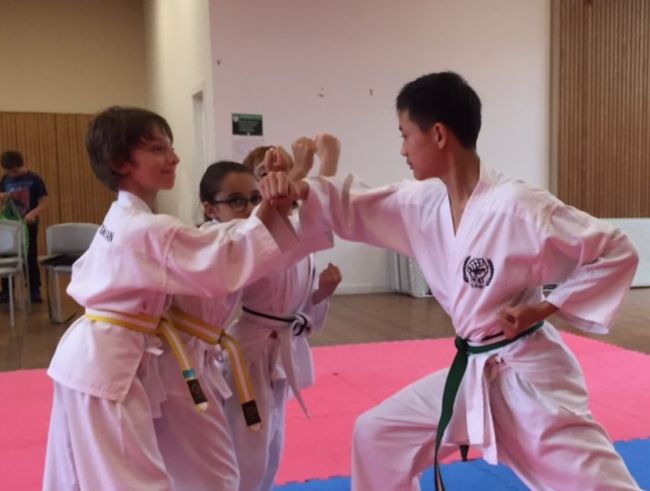
Gradual, Consistent & Motivating
There are no quick fixes to changing study habits, building ability in sports, learning new skills and achieving our goals. In this quick fix society, that’s a hard thing to learn. The martial arts convey that it is challenging and hard to improve, but enjoyable and gratifying, when the process is taught by experienced, patient instructors who take the time and steps to get there.
Who is Best Qualified to Teach the Martial Arts?
So many kids are doing martial arts at night and weekends, it’s not an odd concept to schools any more. It’s been going on here since the 1960s. Many school have attempted to introduce martial arts as a small program or a semester choice. Finding those who best trained and qualified can be a challenge for a school. Which style, which organisation, how to check their qualifications and safety checks and balances?
This is a conversation we welcome when we meet principals and teachers empowered with creating innovative programmes to offer all the health benefits to students in schools. We come from a pedigree background training with Tino Ceberano Hanshi, the father of Australian karate.
We have 35 years of training experience and countless years teaching behind us. Let’s talk about safety, goal setting and imparting the time-tested traditional values of the martial arts in a school programme for you.
